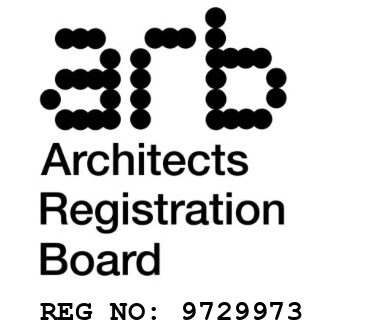interchangeABLE
A research initiative into the development potential
above and around transport interchanges
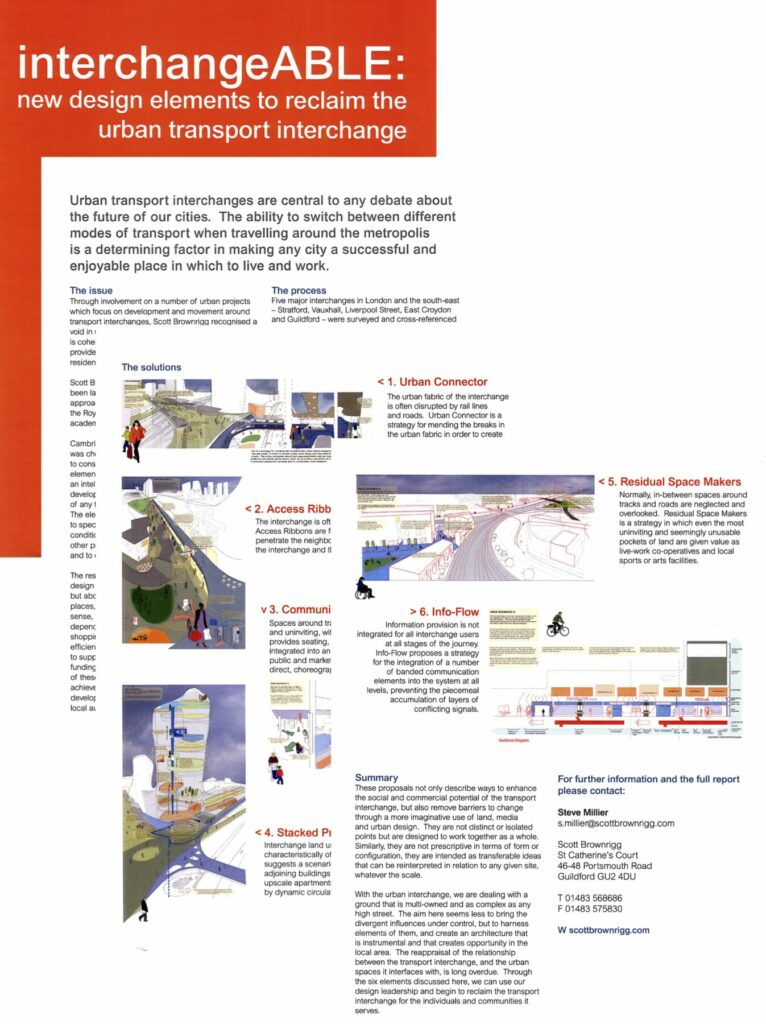
Through the involvement in a number of urban projects which focus on development and movement around transport interchanges, it was recognised a void in understanding how the transport exchange is coherently integrated into the community and can provide a better quality space for transport users and residents alike.
Quoted as saying “Local Authorities, transport companies, architects, planners, and developers are all players in urban nodal interchanges, but spaces of mobility are simply not being addressed at a critical level by architects and spatial designers”
Off the back of this, a research project was initiated with the Helen Hamlyn Trust and the Royal College of Art to provide fresh thinking on this topic. Five major interchanges in London and the southeast were surveyed and cross-referenced against policy reports and best practice case studies from continental Europe. Common generic characteristics were identified and selected for in-depth observational, user group, and design-based research. New urban design elements were developed that individually addressed the generic challenges that were studied. The proposals which emanated from this not only describe the ways to enhance the social and commercial potential of the transport interchange, but also remove the barriers to change through more imaginative use of land, media, and urban design.

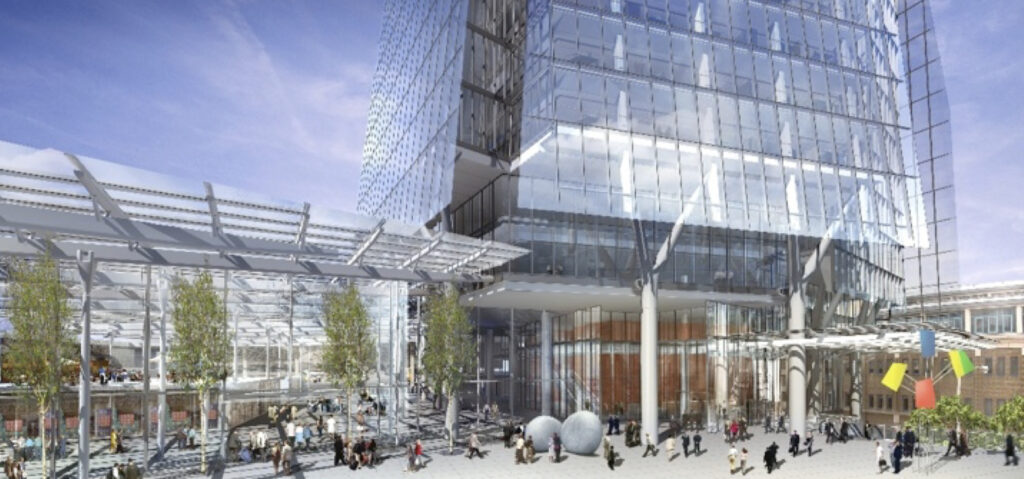
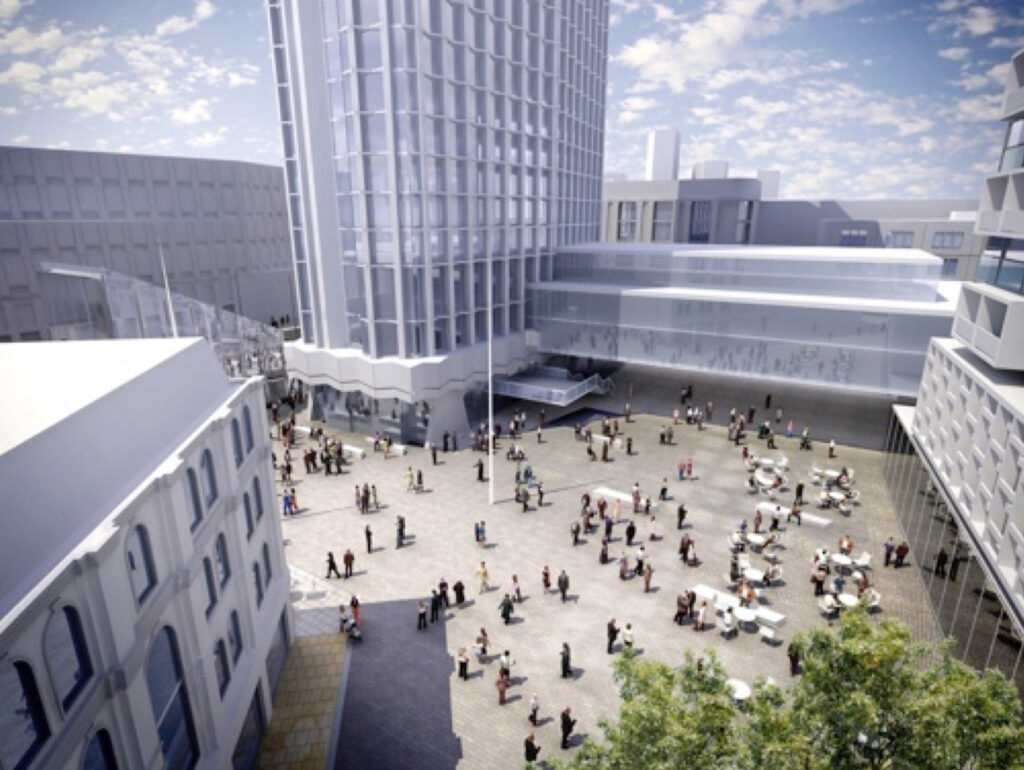
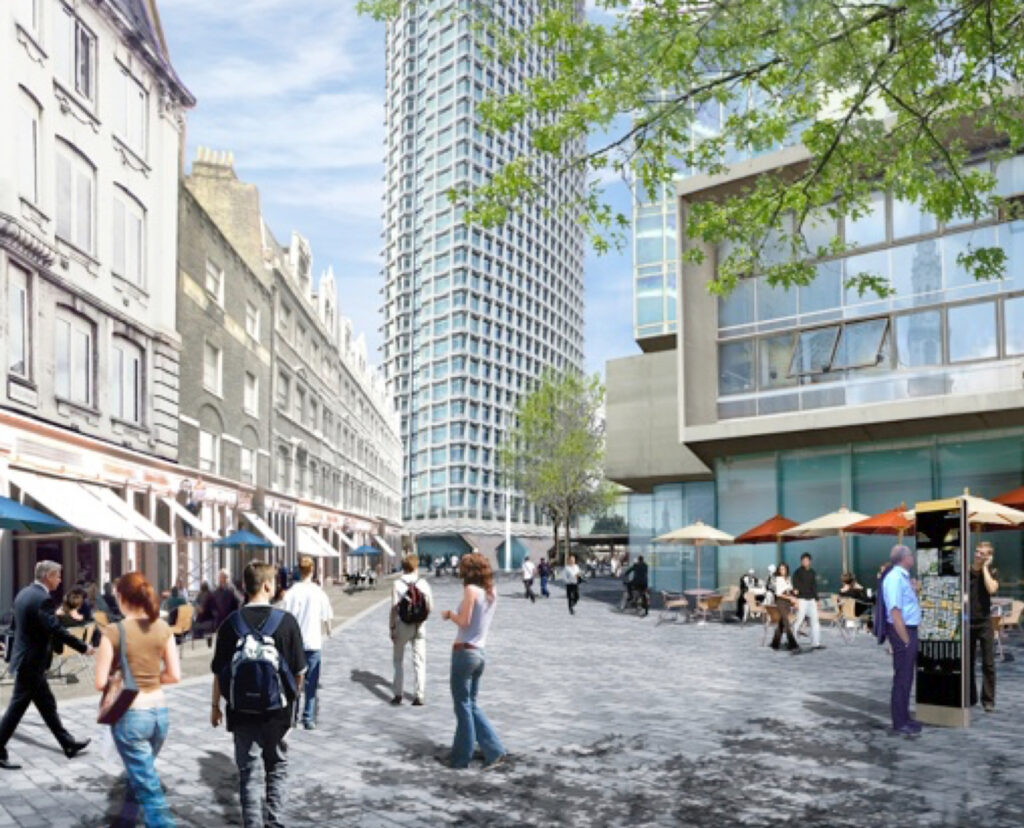
(Images credited to Scott Brownrigg)


